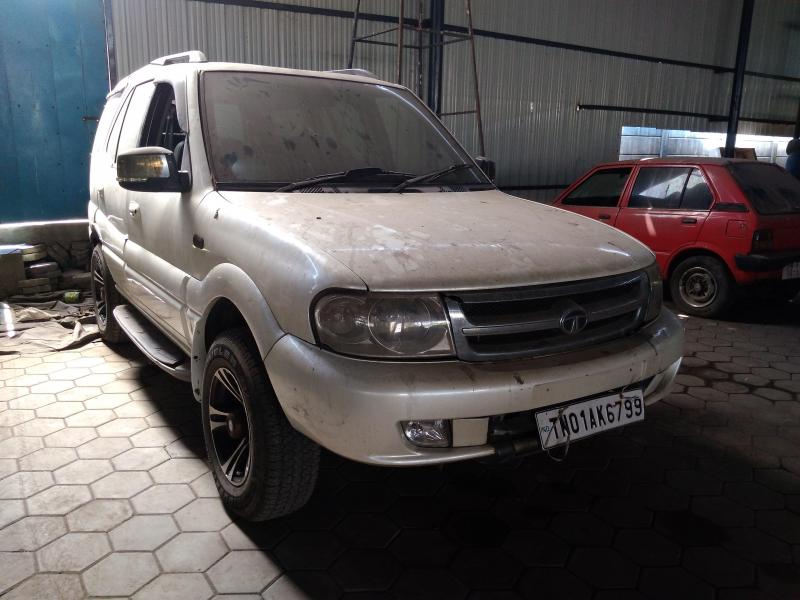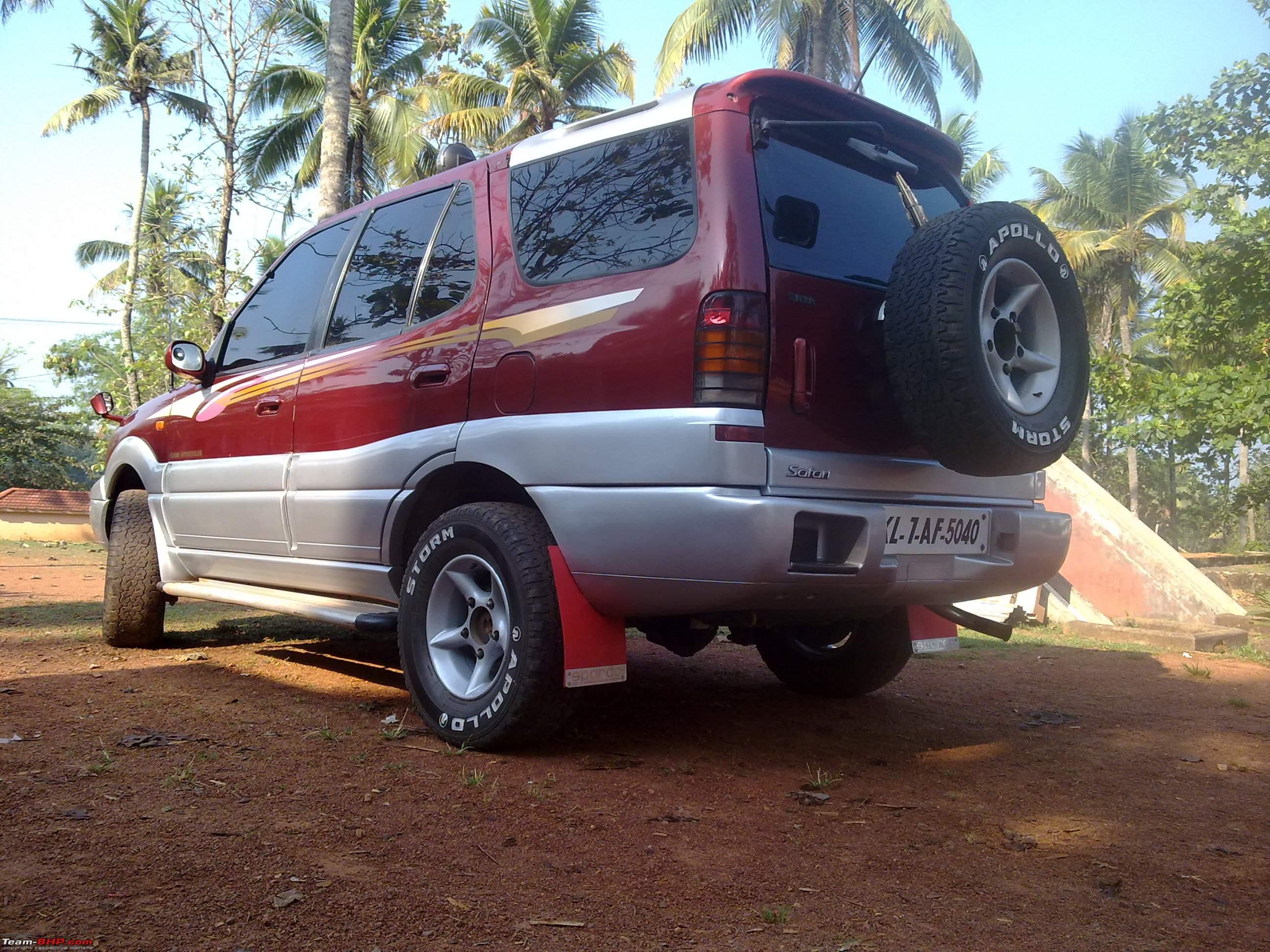

The Tata Safari features a sleeker look compared to the Scorpio, however, the large front fascia matches the Scorpio-N in terms of muscle when it comes to design.

The platform is shared by the Tata Harrier as well, and the overall design is similar, with DRLs taking the traditional headlight spot. Speaking about the Tata Safari, the SUV is based on Land Rover D8 Omega-Arc or the Optimal Modular Efficient Global Advanced Architecture platform, and similar to the new Scorpio-N, has seen a radical design change over the older-gen Safari. Overall, the new Scorpio-N looks butch and muscular. The new Scorpio-N features Mahindra’s new grille and logo, a style trickled down from the XUV700. It retains its upright stance and a high-set bonnet which made the Scorpio popular with its high stance. The new Mahindra Scorpio-N has grown in dimensions and is based on a new ladder-frame chassis. New Scorpio-N vs Safari – Design and dimension Mahindra Scorpio-N petrol and diesel MT introductory prices (ex-showroom) Also, Mahindra is looking at starting deliveries of the new Scorpio-N from this festive season. Bookings will open July 30 onwards, while test drives for the new Scorpio-N will begin starting July 5 in select cities.
#TATA SAFARI OLD MANUAL#
Mahindra, however, has announced prices for the manual transmission versions alone. The Tata Safari is already on sale, priced at Rs 15.24 lakh onwards (ex-showroom, Delhi). Mahindra Scorpio-N vs Tata Safari pricing Let’s take a closer look at the new Mandira Scorpio-N vs the Tata Safari’s design, dimensions, features, engine specifications, and more. But will it have the charm of the older model? We’ll be driving it soon to answer that question.Now, with the launch of the new Scorpio-N, Mahindra’s back on the offence. However, the new Safari is more premium, feature loaded and sophisticated than the Storme. Its entry-level variant is likely to be priced around Rs 15 lakh (ex-showroom), which is around the same as a top-spec Safari Storme 4X4. The new Tata Safari, unlike the older model, won’t come cheap. The handling is expected to be more tied down, just like the Harrier, which it is based on. This has been fixed in the new model that comes with Land Rover’s D8-derived monocoque platform. While the platform was tough enough to take an apocalypse, its highway manners were somewhat satisfactory to say the least. The previous Safari was underpinned by an X2 body-on-frame platform that also underpinned models such as the Aria/Hexa. Tata could introduce an all-wheel drive variant if demand persists as the platform is capable of taking up an AWD system.
#TATA SAFARI OLD SOFTWARE#
You do have ESP-based off-road modes to play with in the new Safari, but let’s admit that software trickery ain’t as useful as proper hardware. However, the new one, which will initially come with a front-wheel drivetrain, is best for mild off-roading.

It also fared pretty well off the beaten path if driven by sensible hands.

The older Safari, known for its off-roading prowess, came with an optional four-wheel drivetrain. It also utilises a completely different drivetrain as the new one spins its front wheels rather than the rear. The Safari, for the first time, will come with a 6-speed automatic transmission, which will be sold alongside the 6-speed manual variant. The base variants of the Safari Storme came with a lower-spec 140PS/320Nm 2.2-litre diesel engine. While it's more powerful than the older Safari’s 156PS 2.2-litre diesel engine, the new one falls short on pulling power. The new Safari utilises a FCA-sourced 2.0-litre diesel engine that puts out 170PS of power and 350Nm of torque. These features weren’t offered in the older Safari.Ī More Powerful, But Less Torquier Diesel Engine Features such as a panoramic sunroof, climate control, 8.8-inch touchscreen infotainment system, and 7-inch colour screen in the instrument cluster will be borrowed from the Harrier. It will come with connected car tech and is likely to have powered tailgate and electronic parking brake over the Harrier. Most importantly, the side-facing jump seats have been replaced with forward-facing seats, which are safer and more comfortable. The seating layout is also different from the Storme as you can have it either as a 6-seater or a 7-seater.


 0 kommentar(er)
0 kommentar(er)
